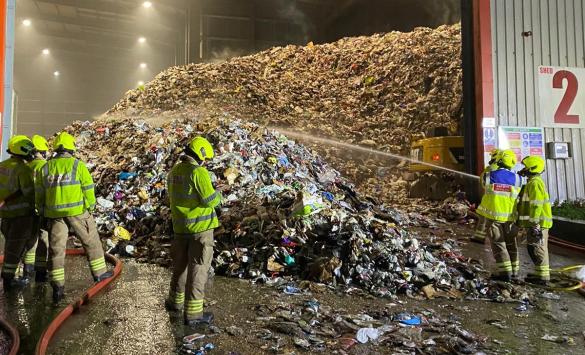Mr Linher opened his address by explaining that considerable economic analysis was being carried out on the different packaging waste systems within Europe and in assessing the environmental benefits.
This was important, he said, because 40% of Europe’s annual spending of 44 billion Euros on the environment was being spent on the packaging waste system.
Mr Otto confirmed that the EU had been looking at two revision options for packaging waste, both to be achieved by June 2006.
The first was for 90% recovery, with 60% recycling for each material. The second, and preferred option was to abandon a recovery target because the Commission did not want to impose energy from waste on countries which did not use it. Instead an overall recycling target would be set at 60%.
This would see individual targets for recycling of:
Glass 75%
Paper/board 65%
Metals 55%
Plastics 20% (mechanical recycling).
“We want to set for all member states recycling legislation. Without such targets it will not work, it won’t be done by the market itself.”
On plastics, Mr Linher clarified the position. “Generally where it is possible mechanical recycling is best and feedstock recycling is environmentally better than incineration in a normal municipal incinerator.
“Are we creating a distortion between materials? – is the question we are confronted with,” admitted Mr Linher.
He answered this by saying that the Commission considered it is clear that some materials can be more easily recycled than others. But, giving a big signal to the UK’s glass industry, he said: “You may think some are unreasonably high, than it needs to be discussed.” He also repeated this later, saying that there was a recognised problem within the UK over wine bottle imports and said “this should be raised in Council and there may be a possibility of a solution.”
On the varying targets, he added: “In the end what counts is not the absolute figure but the costs. Costs will be higher for materials with lower targets.” Mr Linher seemed to be reasoning that it could cost plastics more to meet the 20% figure than, for example, paper to meet 65%.
Mr Linher concluded by reminding his audience that at the end of the day, the targets are an “essentially political decision”.
The timetable for agreeing the new regulations will see some reports being presented later this month for finalisation of the Environment Directorate proposal by February 2001. The Commission proposal will go to the European Parliament and Council in March or April for possible adoption and revision by the beginning of 2002.









Subscribe for free